Research Counts
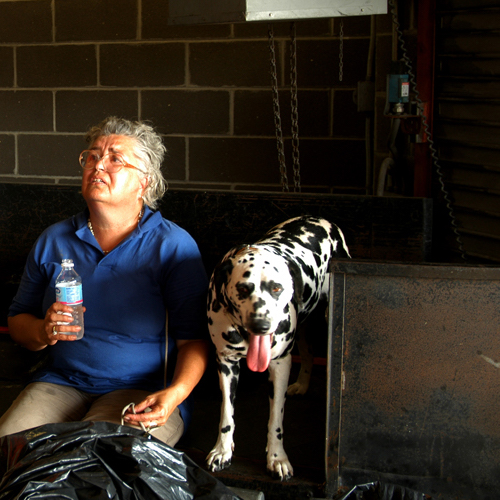
Learn more about the system that Wake County, North Carolina, implemented to ensure evacuation shelters were prepared to provide for household pets—increasing the willingness to evacuate and easing the stress of shelter residents.
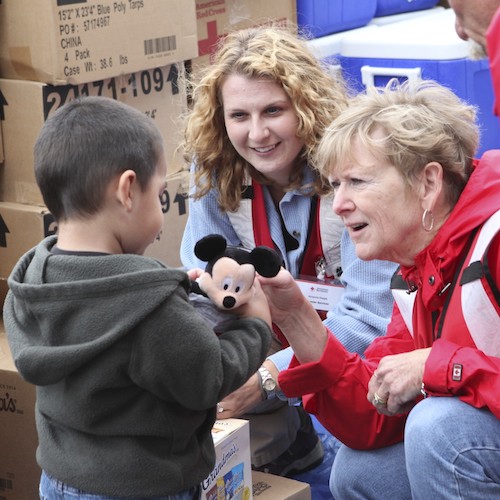
Disasters are extremely stressful events and it's important that shelter residents can access help to cope. Ensuring that mental health resources are available and confidential can improve the outcomes of those staying in public shelters.
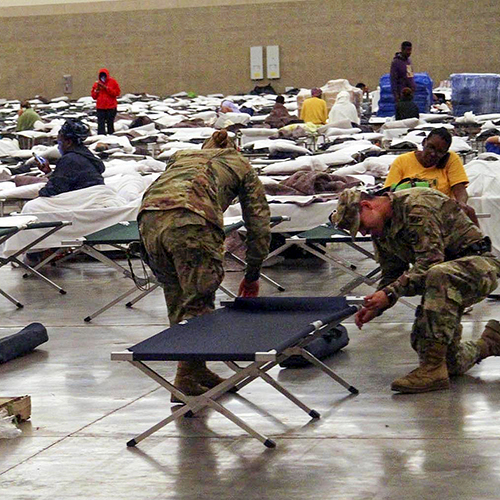
Misconceptions about crime risk can keep people from accessing shelters during disasters—clearly communicating about safety is key.
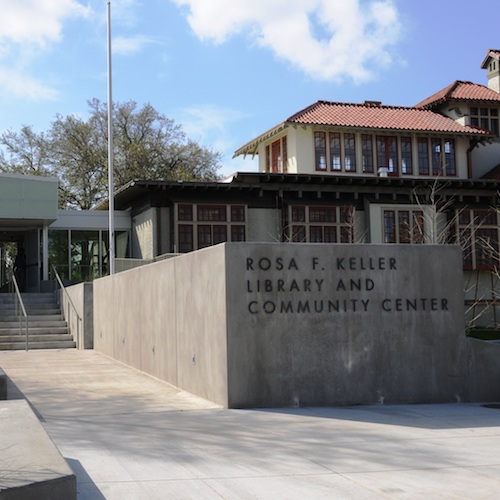
Libraries play a central role in many communities; but when it comes to participating in disaster response, managerial outlooks might make all the difference.
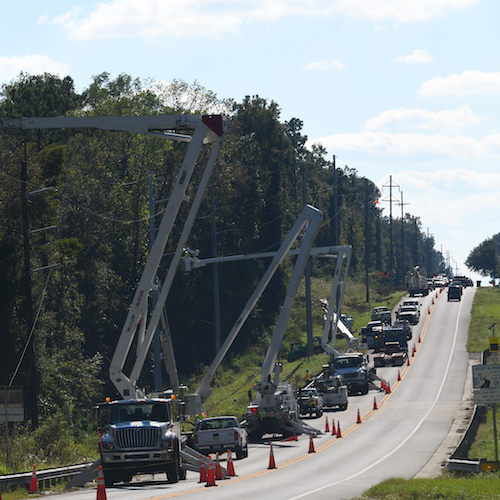
When extreme events tax the carefully coordinated resources in shelters, community sectors often step in to fill the gaps. Identifying how they can help out before a disaster can make these resources extend even further.

We know that engaging all community members in mitigation planning is a best practice—now we’re learning how to do that equitably. Read more in the latest Research Counts.
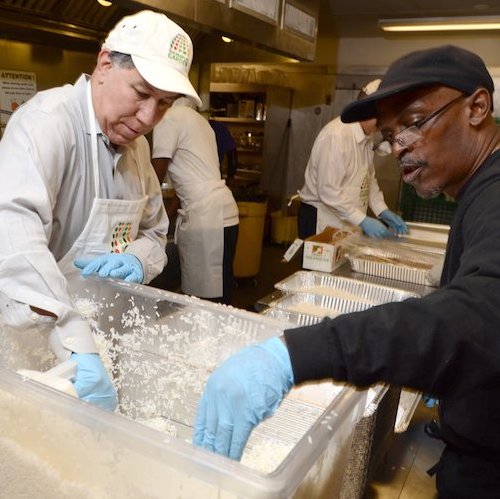
The needs and experiences of those who are homeless during disasters can be very different from other populations, yet often emergency planning doesn't account for their specific needs. A targeted toolkit makes it easier to address that gap.

Public health planners that invest in building partnerships with community organizations, can see big payoffs in times of disaster. But they need to start the work before there’s a crisis.

Using the term “natural” in conjunction with disaster obscures the ways that risk is created. Learn more about the data behind why that matters.

Religious considerations can play a role in whether or not people of faith decide to make use of public shelters. Read more about how we can ensure culturally competent shelters are available for Muslim Americans and other religious minorities.
If you are interested in contributing to this series, please contact Natural Hazards Center Director Lori Peek directly at lori.peek@colorado.edu.
